How to Find Files on Mac
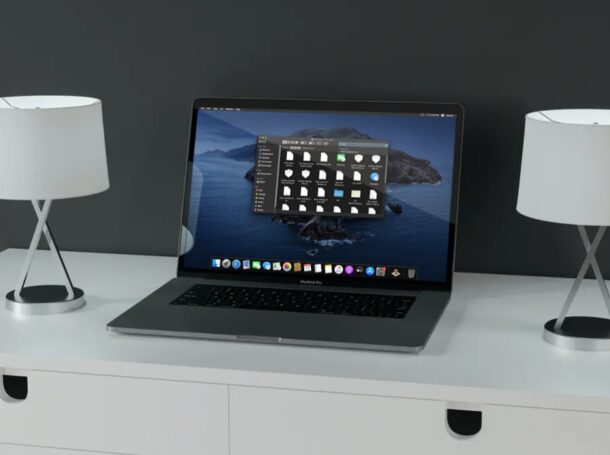
Finding a specific file on your Mac can be a tedious process sometimes, even if you keep all your files and folders organized. Thanks to Finder and Spotlight search, you can quickly find the exact file you’re looking for, regardless of where it’s stored on the Mac. We’ll cover how to find files on a Mac using both methods.
Finder is the macOS file manager, and it’s the first thing you see after you boot up your Mac. Finder is also the first app located in the Dock and its menu bar is displayed at the top of your desktop. Clicking on the Finder app will show the contents of your Mac, iCloud Drive, and other connected storage devices. The Finder app lives up to its name by making it easy to find specific files stored on your Mac by the filename, date, etc. And then there’s Spotlight, the system-wide search utility that can also search the web, get dictionary definitions, perform calculations, and of course, find files.
If you’re new to the macOS ecosystem, you might not be familiar with these search options. Therefore, in this article, we’ll help you find any file located on your Mac using Finder and Spotlight.
How to Find Files on Mac Using Finder
Finding any file on your Mac is a pretty simple and straightforward procedure using Finder. Just follow the steps below to get started.
- Open the Finder window by clicking on the icon in the Dock.

- Now, you can start searching for the specific file using the search field at the top-right corner of the window. You can start searching by the filename. By default, your Mac will start searching the selected folder for any specific files, but if it doesn’t find anything, it will search “This Mac” to see if the file is stored anywhere on your computer.

- Alternatively, you can also search for files by typing in the month or date, as shown below. The files that were created on that particular date will be displayed by Finder, making it a lot easier to find files even if you’re not sure about the filename.

That’s how you can use Finder to locate files. You can also go further with more advanced options and search for files with various search parameters and operators, letting you find large files or by dates, etc.
How to Find Files on Mac Using Spotlight
While Finder is the best way to search for any file on your computer, it’s not your only option. You can also use Spotlight search to quickly open any files without leaving your desktop or another app.
- Click on the “magnifying glass” icon located at the top-right corner of your desktop to access Spotlight search. Alternatively, you can open Spotlight by pressing Command + Space bar.

- Now, type the filename in the search field and it will show up in results. You’ll also get a preview of the file in Spotlight, if available. Just like Finder, you can narrow down your search by date too.

And that’s how you can find files with Spotlight.
In addition to searching for files by the name or date, you can also search by the file kind on Spotlight as well as Finder.
Both Finder and Spotlight can be used to easily find a specific file that’s located on the computer or within System files.
It’s worth pointing out that Finder is limited to file searching whereas Spotlight can do a lot more like fetching you results from the web, do calculations, get map directions, etc.
Spotlight indexes your system in the background to know where all the files are. Sometimes, you might not be able to find a specific file using Spotlight. Or, you could get unwanted results despite having the proper search terms. In that case, you might have to rebuild the Spotlight index on your Mac. You can try improving your Spotlight searches with search operators too.
We hope you were able to find all the required files on your Mac with ease. Do you use Finder or Spotlight for file searches on the Mac? Why do you prefer one over the other? Do share your valuable thoughts and experience in the comments section down below.


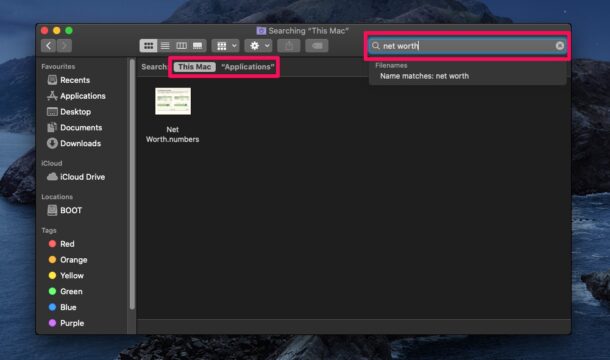
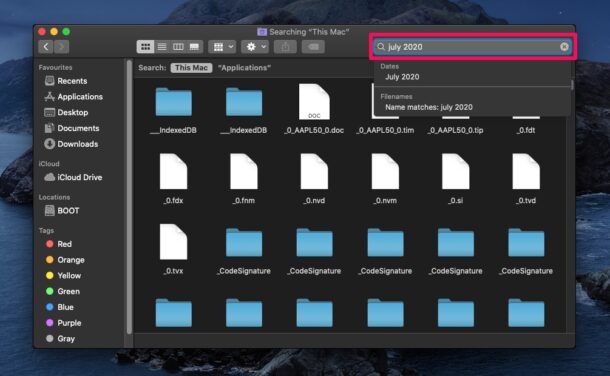
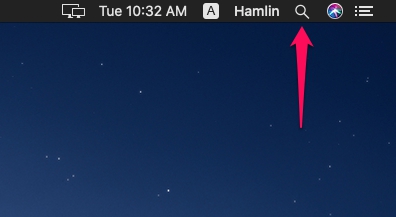
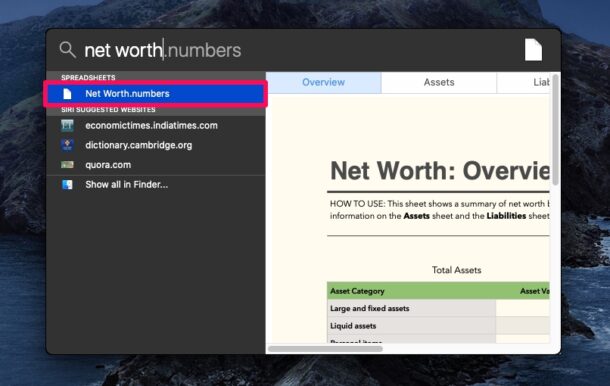

Mac price should be 300 untill search/finder navigation in folder upside works correctly after 40 years of work after copying a readymade unix.
I am awed at how easy it USED to be to find a file on finder and how complicated it is now. I have the latest Monterey system and when I search in the finder it only gives me the CONTAINS option. Why can’t I search for an exact filename. I have tried to find where I might change the search field to give me that option, but have given up in despair. I can’t believe how the computer and internet industry has managed to screw up the most simple processes that now steal away so much of the time that computers save brilliantly. All the saved time is stolen back by continual confusion and fiddling.
I can’t say I’ve ever needed spotlight for anything. In fact I usually disable it along with siri, the notification center, facetime, messages etc.
I use my computer for work, and I don’t like interruptions when I am working, not from people, other apps, or even the system reminding me of updates, or popping banners up when I am working.
The people and things that need my attention already know how to get it :-)
An additional plus is that I have more system resources available to do the things I actually want to do.
Spotlight is super useful as an application launcher and document retriever. Hitting command+spacebar then typing “Terminal” and return for example, is a lot faster than navigating to Terminal in the directory structure.
I find the Finder search to not be that effective, and frankly even Spotlight sometimes fails to find what I want too – it seems to prefer odd stuff over documents.
What made Spotlight much better for me in modern macOS versions was to disable “Siri Suggestions” which reduces the amount of unrelated nonsense that comes out.
I also hate interruptions, I disable Notification Center (aka Annoyification Center) and have Do Not Disturb on all the time. If you let the Mac be how it is by default, it’s like Windows, nagging you ever few minutes about something, it is a constant interruption. Remember when Mac users used to make fun of that kind of thing, like Clippy, from the Windows world? Now the Mac is just as bad. Aside from messages, and phone calls on my iPhone, there is basically no notification that I want sent to interrupt me. Apple is one of the worst offenders now too, with their default apps pushing advertising and promotions and opinion pieces at you. What a mess. I know people summon Steve Jobs too often, but you can be sure none of this stuff would have been there if he was still around, he was a minimalist and put user experience first… no wonder those old versions of system software are so fast and responsive, clutter free, and never bothered you unless it was critical to your workflow. Apple has misaligned incentives to their user now. They want to upsell you on services constantly. The user wants to work and focus – well, at least some of us do.
It seems to me the first stage was to add all sorts of annoyances, then to provide unduly complicated ways to try and stop them.
I’ve been with macOS since Tiger, and honestly I think it reached it peak at Snow Leopard.
But maybe I’m just getting old.
(I have terminal in my Dock) and hot-keys setup for things I use a lot.
I suggest something like EasyFind over the Finder and Spotlight. Both of the latter are finicky sometimes fail completely. I’ve had instances where I see a file in a Finder window, copy and paste the name into the search field, and the file is not found.